Creating a nutrient-dense kitchen may seem daunting and expensive but I’m here to make it very simple for you. This is your guide on how to create a healthy kitchen on a budget.
In this post you will learn how to source quality foods affordably, prepare foods to make them tasty and stock your kitchen with basic utensils needed to prepare whole, healthy foods. I’ll also be providing some budget tips along the way. Look for the green font and green budget hack sections for the savings tips.
IS EATING HEALTHY REALLY EXPENSIVE?
In a 2013 study, researchers determined that on average just $1.50 per day more, you could eat a whole foods diet versus a processed food diet. ¹ That totals $547.50 per year. I bet most of us spend more than that on fancy coffee or juice each year.
There is a myth out there that eating healthy is expensive, time-consuming and inconvenient. The big food companies (fast food and processed food) want you to believe this myth. ¹ The results of buying convenient and processed foods are taking a toll on our bodies. Make no mistake, the pharmaceutical companies love cheap food and the companies that sell it. ² According to the CDC, “60% of American adults have a chronic disease and 40% of American adults have more than one chronic disease.” They list poor nutrition as a cause for chronic disease, along with tobacco use, lack of exercise and excessive alcohol use. Is the high risk of chronic disease worth the convenience of low-nutrient processed and fast foods? If you choose to eat real whole foods including fresh fruits, vegetables, quality animal products, nuts/seeds, herbs, beans and whole grains, you’ll save money in the long run.
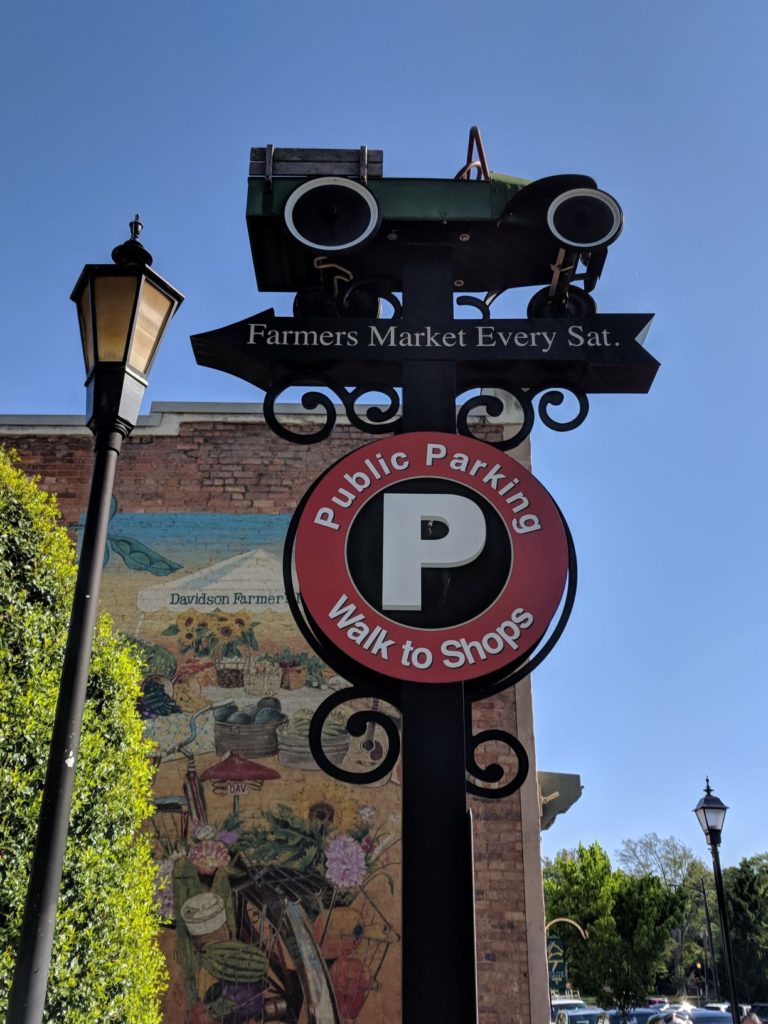

HOW DO YOU SOURCE WHOLE FOODS?
There are four important things to consider when buying groceries:
- Variety – eat a diverse range of plants and animal
- Locally sourced – within 50-100 miles of where you live
- Seasonal foods – this ensures diversity in your diet
- Quality
A farmer’s market is a great place to check all these off the list. You can get variety by shopping at different farms within the market and choosing foods of all different colors. You’ve heard the term, eat the rainbow? Eating different colored foods provides the vitamins and minerals that our body’s need to function properly. Farmer’s markets are full of local farms. They grow and sell what’s available that time of the year and a lot of the time the farms use organic practices but can’t afford the certification so they can’t call themselves USDA organic. The best part about buying foods from a farmer’s market, is that you get to know your local farmers and you will feel a better connection to your food.
I look forward to going to my local farmer’s market every Saturday. I get to connect with the very people that grow the fruits, veggies and animals I’m consuming and ask them questions about their farming practices and they are always happy to answer my questions. Farmer’s markets are a great place to sign up for a CSA (community supported agriculture). A CSA is where you pay a farmer up front at the beginning of the year to help them offset their planting and harvesting costs throughout the year and then you receive a box each week with the vegetables/fruits and sometimes meat/eggs.
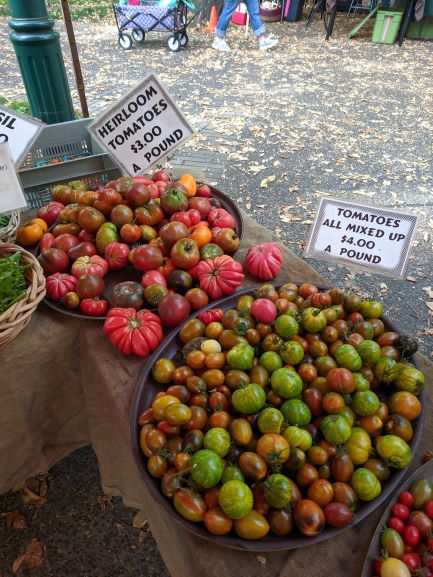
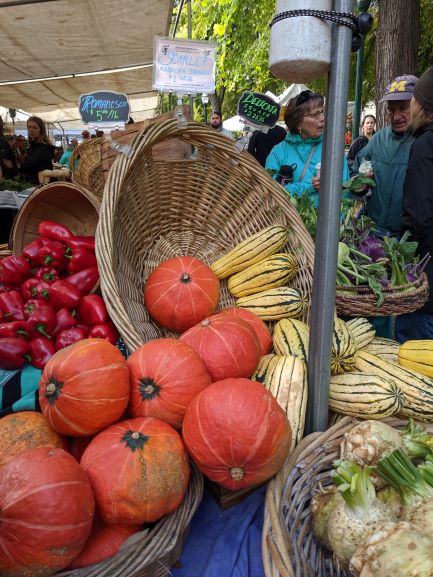
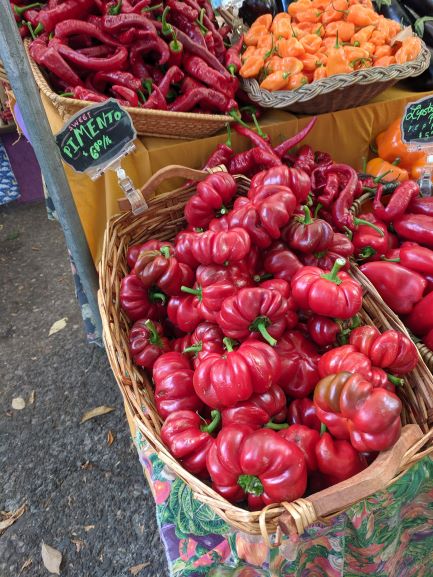
When farmer’s markets aren’t available, you probably shop at the local grocery store. Be sure to shop the periphery of the grocery store. This is where you’ll get the most nutritious foods with the exception of nuts/seeds and oils which are usually found on the aisles. ¹ When you walk in the door, stop and browse through the flyer and shop the deals. Typically, the fruits and vegetables that are in season are more abundant and a lot of times are on sale. Frozen produce is flash-frozen as soon as it’s harvested which means it’s picked when it’s ripe and frozen immediately while some fresh produce is picked early so it ripens during its long journey to the grocery store. Buy meats when they are on sale. Buy extra to put in the freezer.
Sourcing Quality Fruits/Vegetables:
It is best to buy organic when consuming any of the Dirty Dozen™. The EWG (environmental working group) puts out an annual report each year with the fruits and vegetables that are best to consume organic due to high levels of pesticides. Click HERE to read the 2021 report.
If organic produce isn’t in your budget, try a veggie bath. I fill my clean sink with cold water and mix in a few cups of white vinegar. Swish the veggies/fruits around and let them soak for 20-30 minutes. Rinse them off with clean water and make sure they are dry before setting them in the fridge. This helps prevent molding.
Vegetables should be the star of your plate each meal not just a side dish. I challenge each of you to try one new vegetable per week. Doing this will get more vitamins, minerals and fiber into your diet.
Sourcing Quality Meats and Dairy:
When looking at meat sources, it’s very important to focus on grass-fed/grass-finished, pasture-raised poultry and wild-caught seafood.
When sourcing dairy, beef, bison or lamb, look for grass-fed and grass-finished. Animals on grass live healthier lives and therefore produce healthier food. Beef that is 100% grass fed/finished has more omega-6’s to omega-3 fats than those raised or even finished on grains.
When sourcing pork, eggs and poultry, look for pasture-raised. Cows eat exclusively grass which is why they are referred to as grass-fed but poultry and pork are omnivores and being on pasture allows them to forage for a variety of foods that they eat naturally. Pasture raised animals may also be given a supplementary feed. ²
When sourcing seafood, look for wild-caught with the exception of mollusks (oysters, clams and mussels) which can be farm-raised because they are not fed a supplementary diet and antibiotics like farmed fish. Wild-caught salmon, sardines, anchovies, oysters and clams are rich in omega-3 fatty acids and are excellent sources of B vitamins and Vitamin D. ²
Sourcing Quality Fats:
Quality fats include EVOO (extra virgin olive oil), coconut oil, ghee, grass-fed/finished butter, raw butter and duck fat. Look for fats like EVOO (extra virgin olive oil) and seed oils like sesame that say cold-pressed on the bottle.
Fats to avoid are vegetable oils (canola, soybean, corn). These are highly refined oils that break down during processing and turn rancid, releasing free radicals that react with healthy cells in a toxic way. ² Most are void of nutrients and contribute to chronic disease.
Budget Tip: Subscription boxes offer high quality food delivered right to your door. How’s that for convenient quality foods!
Thrive Market offers brand name and private label pantry staples at highly discounted prices (up to 50% off grocery store prices). Click on the box below to get 25% off your first box!
Misfits Market offers “ugly” organic produce that grocery stores won’t sell up to 40% off.
Butcher Box and US Wellness offer high quality meats! Click on the box below to check out my post about Butcher Box and why I love it! There’s a link for $30 off your first box if you want to give them a try!
HOW DO I PREPARE NUTRITIONALLY DENSE FOODS?
I can do an entire blog post on how to properly prepare your foods with pros and cons of each preparation style but here a few basics to keep in mind.
- Cooking techniques like baking, roasting, sautéing, steaming, pressure and slow-cooking foods should form the foundation of food preparation.
- Season your food liberally. Salt, fat and acid equal flavor!
- Spice things up! Basic spices I keep are cumin, chili powder, curry, turmeric, smoked paprika, black pepper and cayenne.
- Grow an herb garden on your kitchen counter or in pots on the porch in the summer. Herbs add a ton of flavor and give you a lot of vitamins/minerals. Note: if a recipe calls for 1 tsp dried herbs, you should use 2 tsp of fresh herbs
- Cook with aromatics like ginger, garlic, onions and red pepper flakes
Budget Tip: Grow your own herbs and stock up on spices, salts and fats through subscription boxes.
WHAT UTENSILS DO YOU NEED IN THE KITCHEN?
Rachael Ray always says that the two best kitchen utensils you have are at the end of your arms meaning your hands. I have to agree. I don’t use a lot of gadgets in the kitchen. When I first started getting in the kitchen and cooking I didn’t have money in my budget for extra gadgets. I learned how to get by with the basics and I still do it today.
- Good Quality Knife
- I use a 7″ Santoku Chef’s Knife. I have for years and I love it! It just needs sharpened every now and then and it will last you a very long time.
- Wooden Cutting Board
- I’ve been using the same wood cutting board for over 15 years. I scrub it with course salt and hot water every now and then and give it a good rinse.
- Cast Iron, Ceramic coated or Stainless Steele Cookware
- You can cook almost anything in a cast iron skillet and they are very affordable. The trick to getting items not to stick to it is get the pan hot first, add your oil and then put the meat or veggies in it.
- Brands to look for Lodge, Le Creuset, Staub, Greenpan and Our Place
- Glass storage containers
- Plastic storage containers can leak harmful chemicals into your foods, especially when you heat up leftovers in the microwave.
- Other useful gadgets
- Microplane – great for zesting citrus, grating garlic or ginger
- Immersion blender – used for soups, homemade mayo, sauces, dressings and so much more
- Blender – a good blender can make all the difference if you like smoothies
- Unbleached parchment paper – lining your bake sheet with parchment makes clean up a breeze
- Things to avoid:
- A dull knife is unsafe. I spend $5 per knife to get them sharpened at a local kitchen supply store.
- Teflon cookware and plastic storage containers – chemicals leak into your food when they are heated
Budget Tip: I have found Le Creuset at Home Goods that was very affordable. You can also find all these things on sale during Black Friday at Taget, Kohls, Wal-Mart and Amazon Prime Days in July. This is when I loaded up on glass storage containers.
A FEW FINAL THOUGHTS:
It makes you appreciate food more when you are connected to it. Get to know your local farmers. Eat seasonal foods. Grow some herbs in your house or outside in the summer. Infuse love into your food by being in a positive mindset while you cook. Drink a glass of wine, turn on your favorite music and make yourself something to eat. It will taste better than if you make the same thing while you are stressed. Honor yourself through your food and enjoy being in your kitchen!
Sources:
¹ The Pegan Diet, Dr. Mark Hyman
² Culinary Wellness – Part 1 Student Guide
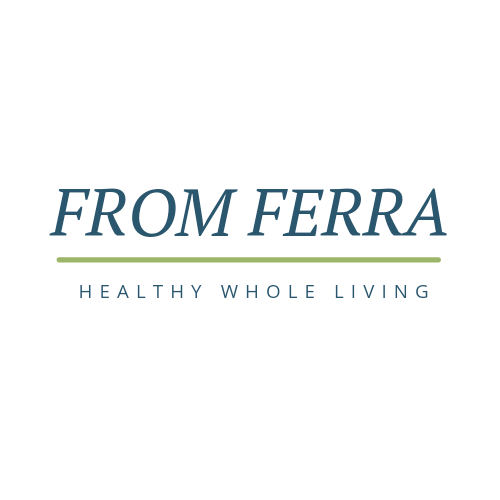
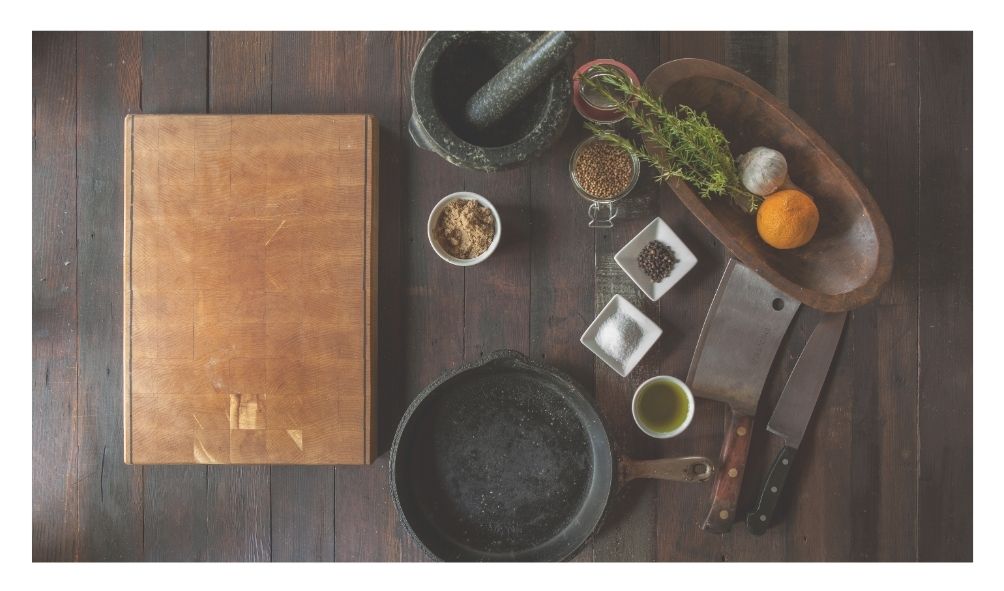
I so so appreciate this post because it is very easy to spend what feels like a fortune on healthy food. To make “healthy eating” sustainable though, you have to be mindful of what products to buy. This will definitely help me in the future to avoid overspending on healthy food chioces!
It’s so true. People think that in order to eat a healthy sustainable diet that it has to be expensive. I’m so glad this was helpful for you!
I just started a lifestyle change and part of that was eating healthier. Thank you for the wonderful information.
Congratulations on your lifestyle change! I’m glad this was helpful to you.
This is a great post. You have so much information in it. I personally love farmer’s markets and my cast iron. I am lucky enough to live in a farm community and have a large farmer’s market in my town.